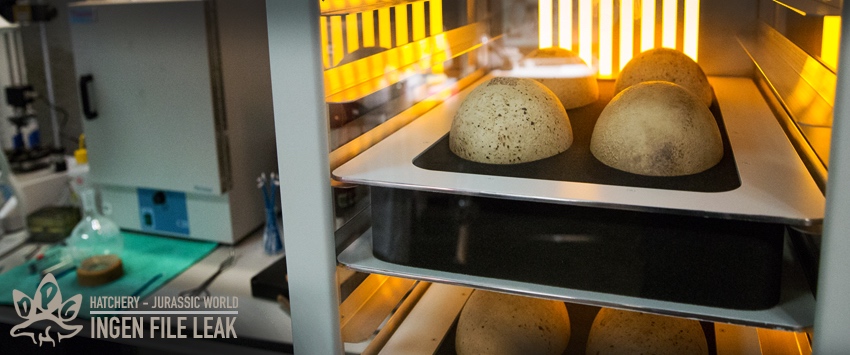

A HISTORY OF DINO-ETHICAL MISCONDUCT
Written by Zia Rodriguez
Since 1986 humankind has been cloning dinosaurs, and it is safe to say the relationship has been strained for both our species. The powers behind their resurrection have primarily exploited these animals for entertainment and monetary gain; they felt empowered by the technology they produced but disassociated from the inevitable and dire repercussions. In other words – they were blinded by a near-obsessive drive to succeed.
Unfortunately, they would ultimately achieve their goal.

Although there were reports of these “resurrected” animals as far back as the late 1980s, it wasn’t until 1997 that the general public became aware of the dinosaurs’ existence when a Tyrannosaurus Rex escaped onto the streets of San Diego causing numerous fatalities. Interest in the animals skyrocketed, spiking when International Genetic Technologies (InGen) Founder John Hammond spoke during a television interview about working with the Costa Rican Department of Biological Preserves to establish a set of laws for the “preservation and isolation” of the animals on Islas Sorna and Nublar. This task-force joining the private and public sector brought about the now extinct Gene Guard Act.
The exploitation should have ended there, but through the passing of John Hammond in 1997, Masrani Global acquired InGen and became the custodians of the research material, both living and in embryonic development. Also inherited in the takeover was the the 99-year lease InGen had acquired from the Costa Rican government for Isla Nublar and its neighboring Archipelago. This enabled them to fully control and contain the Dinosaur ecosystem as well as showcase the potential of their genetic research to the world, eventually pushing for a second renaissance of genetic research to flourish after a period of stagnation. Masrani Global used the new found popularity and curiosity in dinosaurs as a jumping-off-point to promote their latest venture: Jurassic World – resulting in an illegal re-interpretation of the laws surrounding the Gene Guard Act.

During the park’s lengthy construction, the biosphere and territories the dinosaurs had established on Islas Sorna and Nublar were thrown into chaos as the animals were unceremoniously shipped among islands to be used as theme park attractions. And as the world came to Isla Nublar, so did corporate sponsorships. Dinosaurs were not only made into showpiece spectacles, they were branded, too. This branding and sponsorship ultimately led to the creation of the dino-hybrid ‘Indominus Rex,’ conceived as the perfect attraction for corporate promotion. Of course, as the world watched in horror, this beast eventually broke free and ran wild, destroying the park while taking the lives of many dinosaurs and humans alike. Since the 2015 Jurassic World incident, the last remaining dinosaurs on Nublar have been abandoned, left to fend for themselves while the world decides their fate.

The controversial decision by Masrani Global to “do nothing” has caused more harm than good. In the years since, there have been reports of certain species falling back into extinction (like the Metriacanthosaurus and Edmontosaurus), dozens of cases of illegal activity around Nublar, as well as rumors of rogue groups claiming to have access to the cloning technology. It would appear that these animals are still not safe from the intrusion of humans and, with dozens of species still fighting for survival on 30 square miles of landmass, it is time for the tide to turn. It is time for humans to step up and do the right thing.
These magnificent animals deserve to prosper free from corporate and malicious intent.
